Creative Conversations are discipline-specific virtual gatherings in response to COVID-19, presented by the Maryland State Arts Council (MSAC). More information, including topics and dates, is available below and on MSAC website.
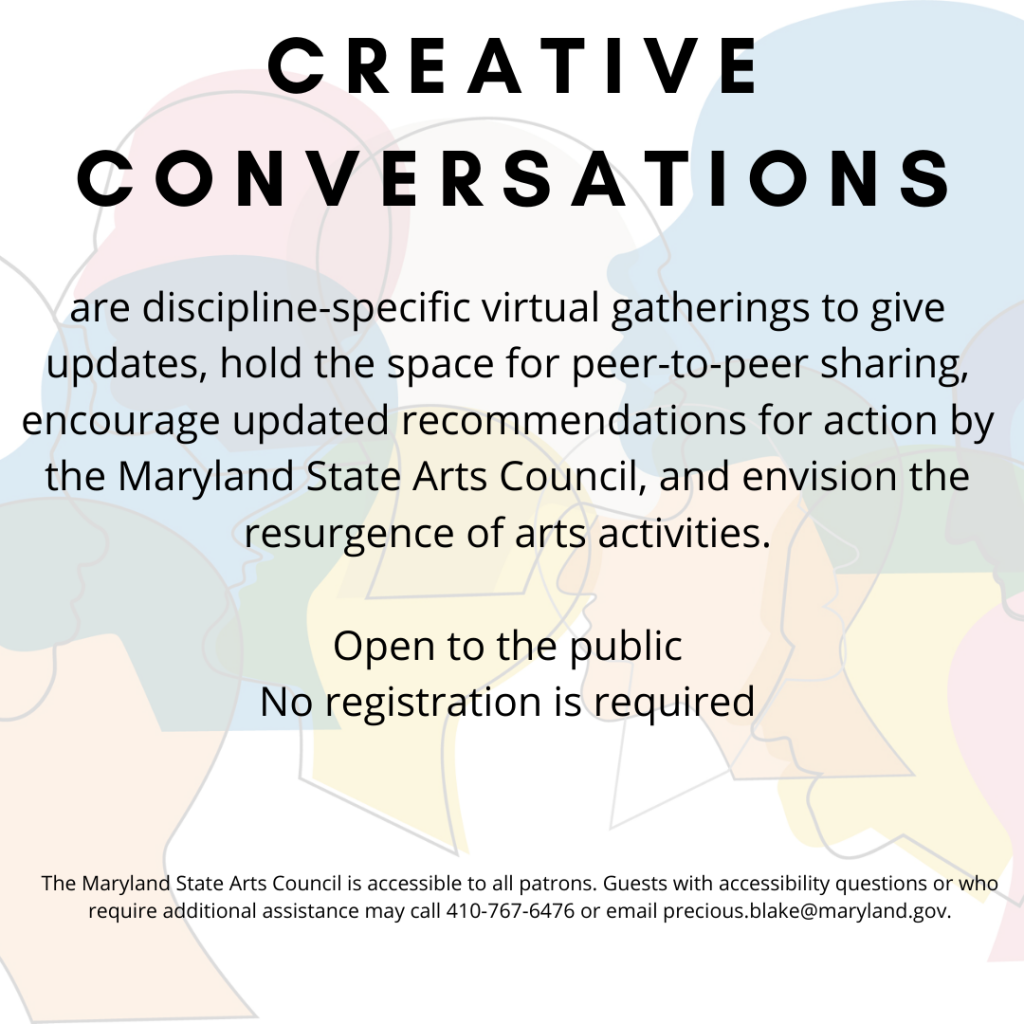
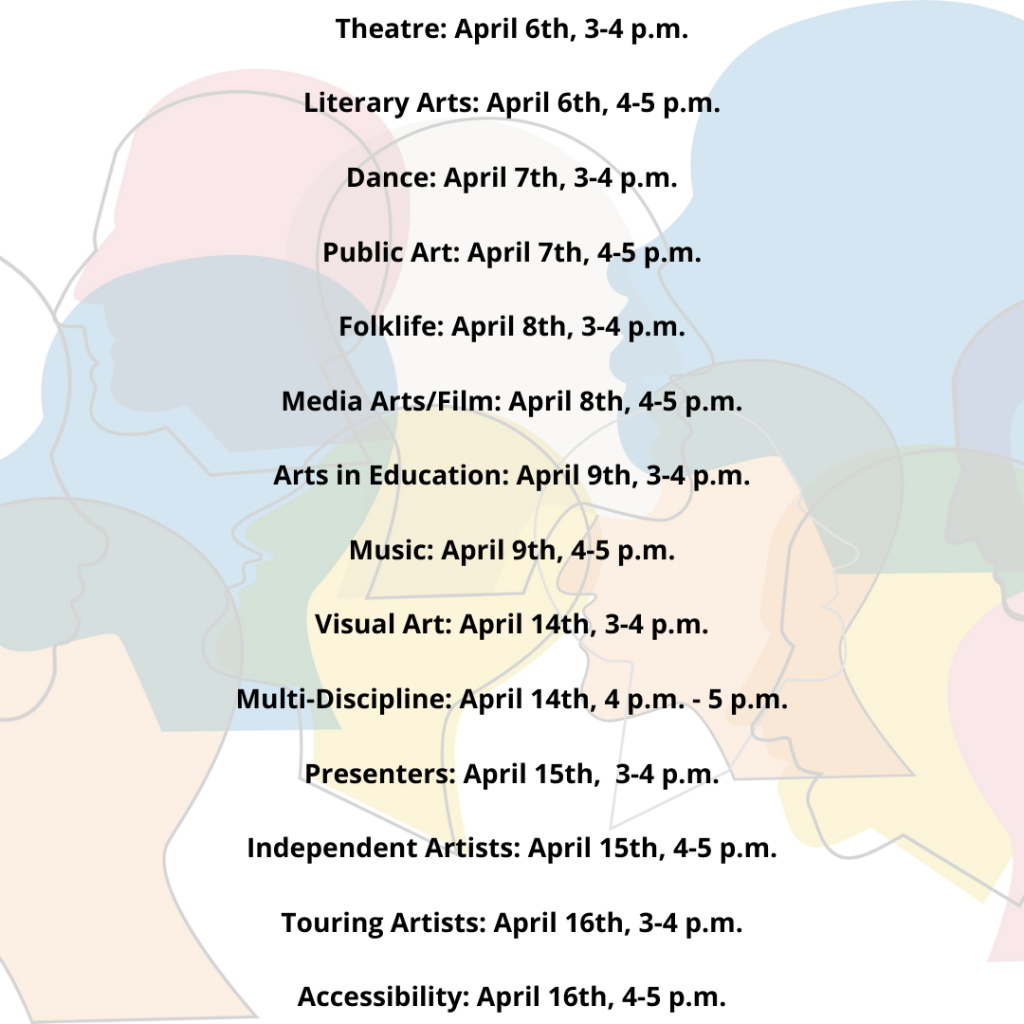
Creative Conversations are discipline-specific virtual gatherings in response to COVID-19, presented by the Maryland State Arts Council (MSAC). More information, including topics and dates, is available below and on MSAC website.


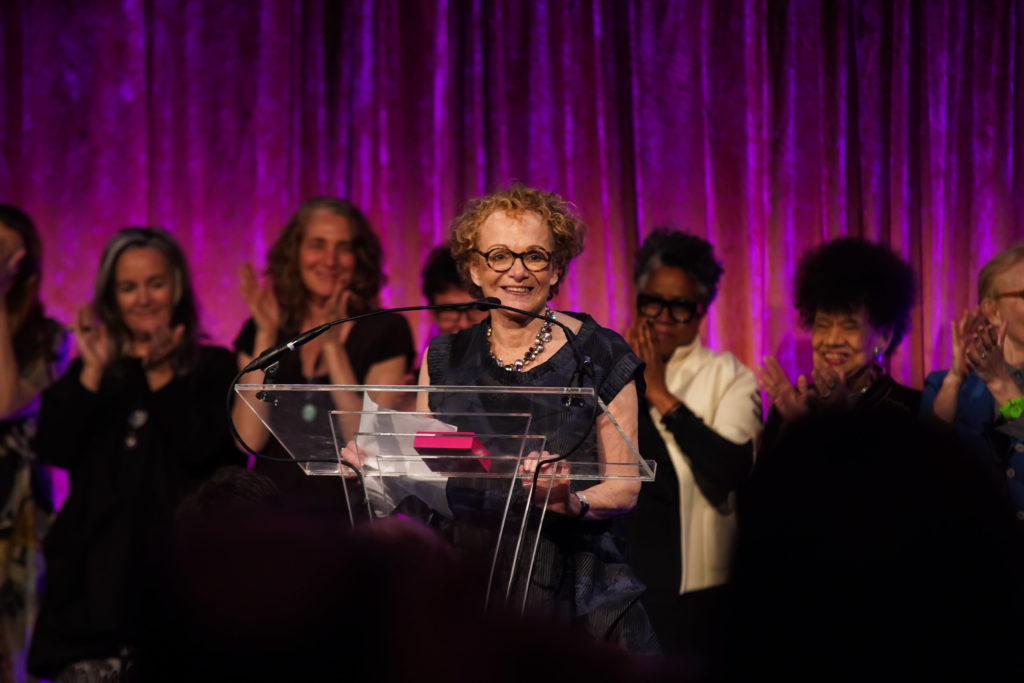
(From https://news.artnet.com/art-world/anonymous-woman-emergency-grants-1819134)
The Anonymous Was a Woman awards have supported women artists over 40 since 1996, distributing more than $6 million in grants to a population that has historically and systematically been overlooked when it comes to major accolades and support. Now, for the first time ever, the organization is doubling its annual offering with an additional $250,000 of emergency relief grants in response to the ongoing health crisis that has shuttered museums, galleries, and other businesses around the world.
The grants—up to $2,500 apiece—aim to assist artists who are experiencing financial hardship due to lost income or opportunity as a result of COVID-19 and the subsequent economic shock. As with AWAW’s annual grants, the emergency funds, administered in partnership with the New York Foundation for the Arts, are unrestricted and available only to women-identifying visual artists over the age of 40 in the United States.
Read More →
Resources from the Maryland State Arts Council: COVID-19 Business Relief Programs Announced by Governor Hogan – March 23, 2020
Governor Hogan announced new COVID-19 business relief programs on March 23. These resources are available through the Department of Commerce and the Department of Labor.
In addition, the entire state of Maryland has received designation for SBA assistance. Small businesses can apply here for federal funding.
Maryland COVID-19 Emergency Relief Fund Programs for BusinessesMaryland has authorized $130 million in loan and grant funding for small businesses and manufacturers that have been negatively impacted by the Coronavirus (COVID-19). This emergency assistance provides interim relief and proceeds that can be used to pay cash operating expenses including payroll, suppliers, rent, fixed debt payments and other mission critical cash operating costs.If you are a Maryland-based business impacted by the Coronavirus with under 50 full- and part-time employees, or a Maryland manufacturer, check out the programs below to see if you qualify for assistance.
COVID-19 Layoff Aversion Fund – Workforce Development and Adult LearningGovernor Larry Hogan and the Maryland Department of Labor have launched the new COVID-19 Layoff Aversion Fund, which is designed to support businesses undergoing economic stresses due to the pandemic by preventing or minimizing the duration of unemployment resulting from layoffs. The award (up to $50,000 per applicant), will be a quick deployable benefit and customizable to the specific needs of your business to minimize the need for layoffs.Labor is accepting grant applications from small businesses for awards from now through 30 days after the State of Emergency ends (subject to funding availability).
How can it help me?
Examples of how a business may demonstrate the need for layoff aversion funds:
Get Started Now!✔ View the One Pager✔ COVID-19 Layoff Aversion Fund Policy✔ COVID-19 Layoff Aversion Fund Application (Excel)Submit your completed application to: LaborCOVID19.layoffaversion@maryland.govLabor staff will process applications within two business days of receipt. Upon approval and receipt of signed contract, payment will be expedited.
For More Information…Contact the Division of Workforce Development and Adult Learning.
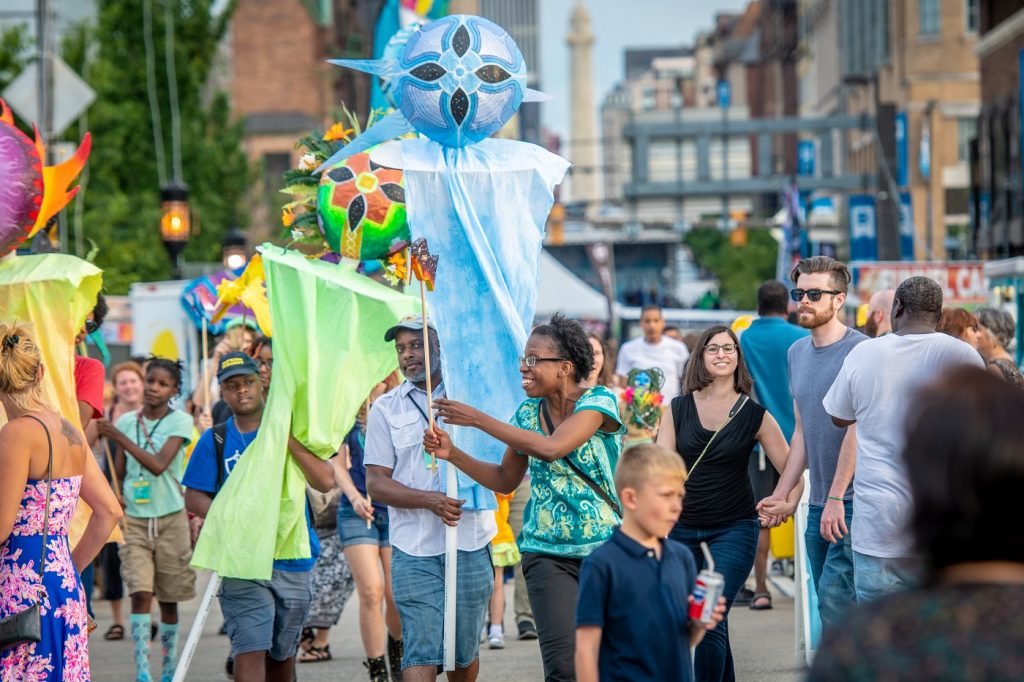
Americans for the Arts has a list of resources for artists and has recorded and shared its March 13 conversation with teaching artists about COVID-19.
Emergency Grants – Foundation for Contemporary Art
Actors Fund Emergency Financial Assistance (not just for actors)
Shade Literary Arts Queer Writers of Color Relief Fund (national)
NEA Shared List of Resources for Arts & Cultural Organizations and Professionals/Individuals
The Ghostlight Fund (theater actors)
Freelance Artist & Scholars Resources
Emergency Grants – Rauschenberg Foundation
Emergency Grants – Adolph & Esther Gottlieb Emergency Grant (visual arts)
Emergency Grants – Haven Foundation
Emergency Funding – CERF + The Artists Safety Net
Musicians Foundation Emergency Fund
Corona Virus 2020 Artist Relief Funds Database

The Artbar Blog is sharing a weekly art and play activity guide for kids and parents in quarantine. This “creativity supplement to homeschool learning for kids 3–8” includes suggestions for drawing tools, nature walks, and more.
Mo Willems, Kennedy Center artist in residence, is hosting lunch doodles each weekday at 1pm ET. Viewers can also ask questions and view archived episodes on the Kennedy Center website.
The Music Teachers National Association has a list of websites for kids. Among the websites are games for kids interested in classical music, virtual tours of music halls, music theory resources, and more.
Tinkerlab has maker ideas and visual arts challenges for learners on its website. There are also science projects and other activities, and those interested can sign up for a mailing list with new activities and ideas.
We Are Teachers has assembled a list of authors reading their work aloud, sharing digital resources, and facilitating online activities.
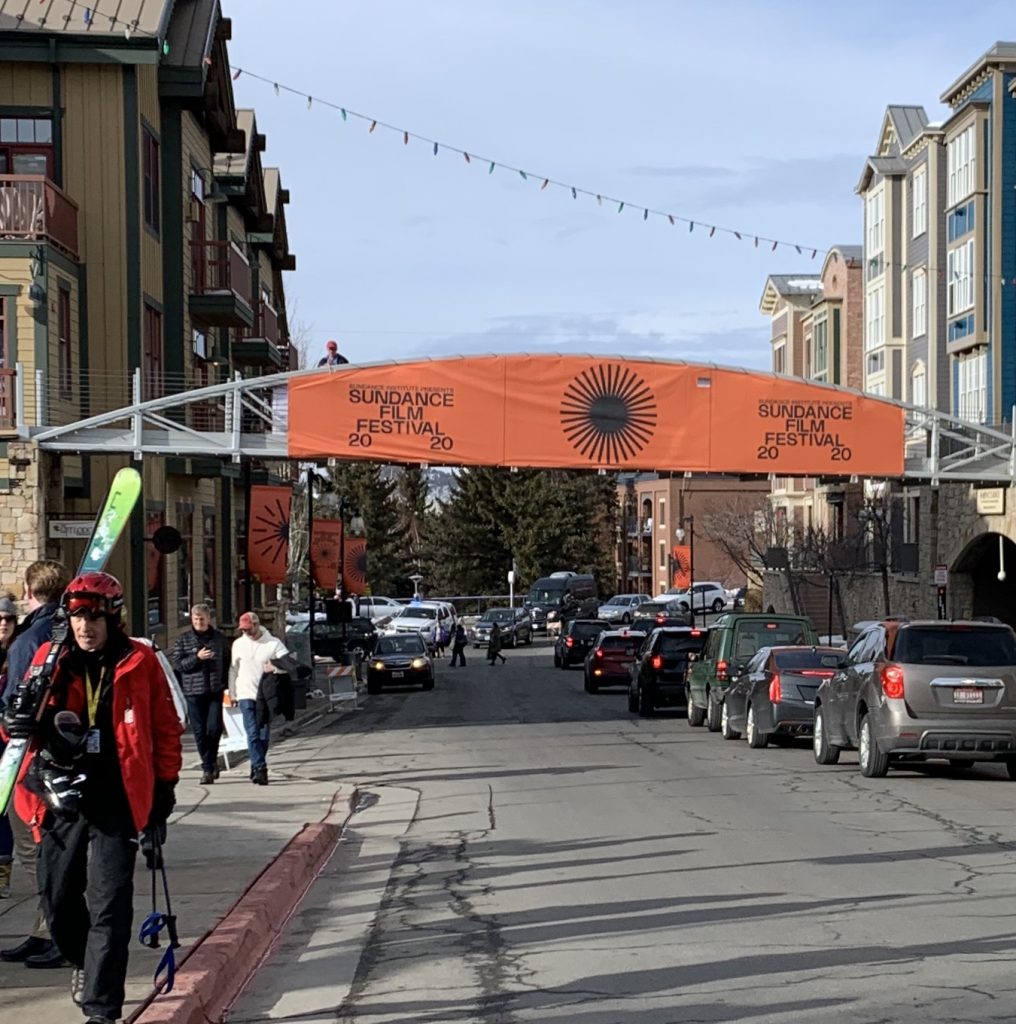
Last month, Debbie D. Dorsey, BOPA’s Director of the Baltimore Film Office, traveled to Park City, Utah to support Baltimore’s presence at the 2020 Sundance Film Festival. The annual film festival is highly anticipated as one of the biggest gatherings of filmmakers and audiences, with many films that launch at Sundance going on to gain critical acclaim worldwide.
This year’s festival featured screenings of narratives, documentaries, and shorts from all over the world, including Sweden, Iran, Mexico, Germany, and more. BOPA is proud to report that Baltimore was also present among this international roundup of films and storytellers.
“Baltimore was well represented at the 2020 Sundance Film Festival,” says Dorsey, fresh off of her first trip to Park City for the festival. Dorsey was able to attend screenings, meet with cast and crew, and see Baltimore talent shine at Sundance.
Read More →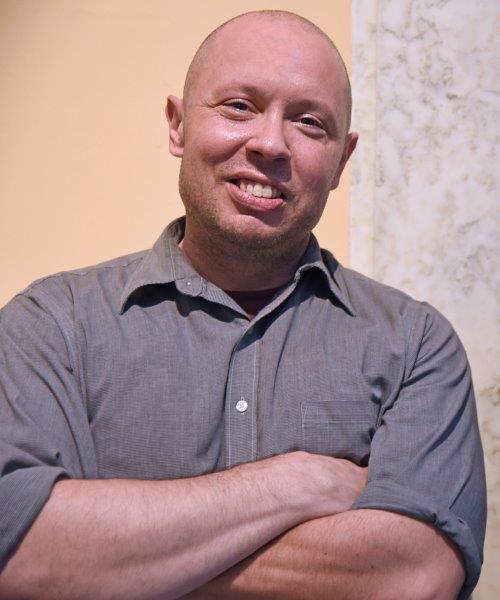
1. As the Visual Arts Specialist, what is your position within the Arts Council at BOPA?
I work as a project manager for the Sondheim Artscape Prize, the Municipal Art Society’s Artist Travel Prize and Public Art Prize, Public Art Projects, and the visual arts awards for the state’s Scholastic Art Awards.
2. This is an exciting time of the year for you, with the launch of the 15th annual Janet & Walter Sondheim Artscape Prize application. Can you tell us a bit about this process and what we can expect over the next few months leading up to Artscape?
Sure! The call for artists just closed, so I review all the applications to make sure they are complete before sending them along to our jurors to score. Our jurors (Gary Carrion-Murayari from the New Musuem, photographer Nona Faustine, and Diya Vij from the High Line) will score all 300 entries, and from those scores the top 25 to 30 artists will be semi-finalists, who submit additional materials which the jurors score again. This scoring is used to shape the discussion in the in-person meeting (usually in New York), where the jurors select the finalists for the prize. The in-person meeting is crucial to the process, in my experience this helps to come up with a very thought-through group of artists. These finalists are then notified and have meetings with The Walters Art Museum staff to help figure out the gallery layout, needs of each artist, etc. That show will open Thursday, May 28, 2020. Then, the jurors will travel to Baltimore to interview each artist in their exhibition on Saturday, July 11, 2020 with the announcement of the recipient of the award that evening.
Read More →